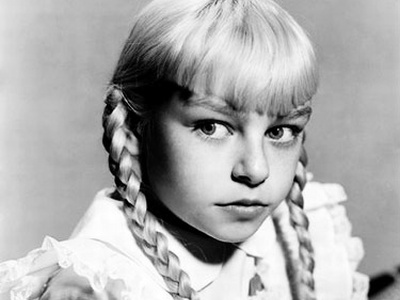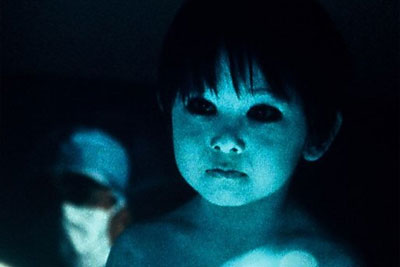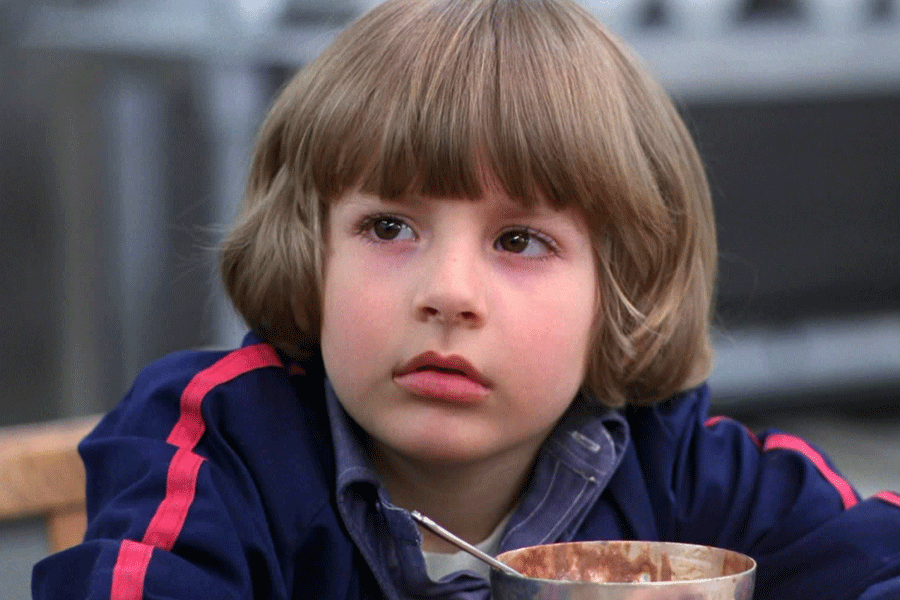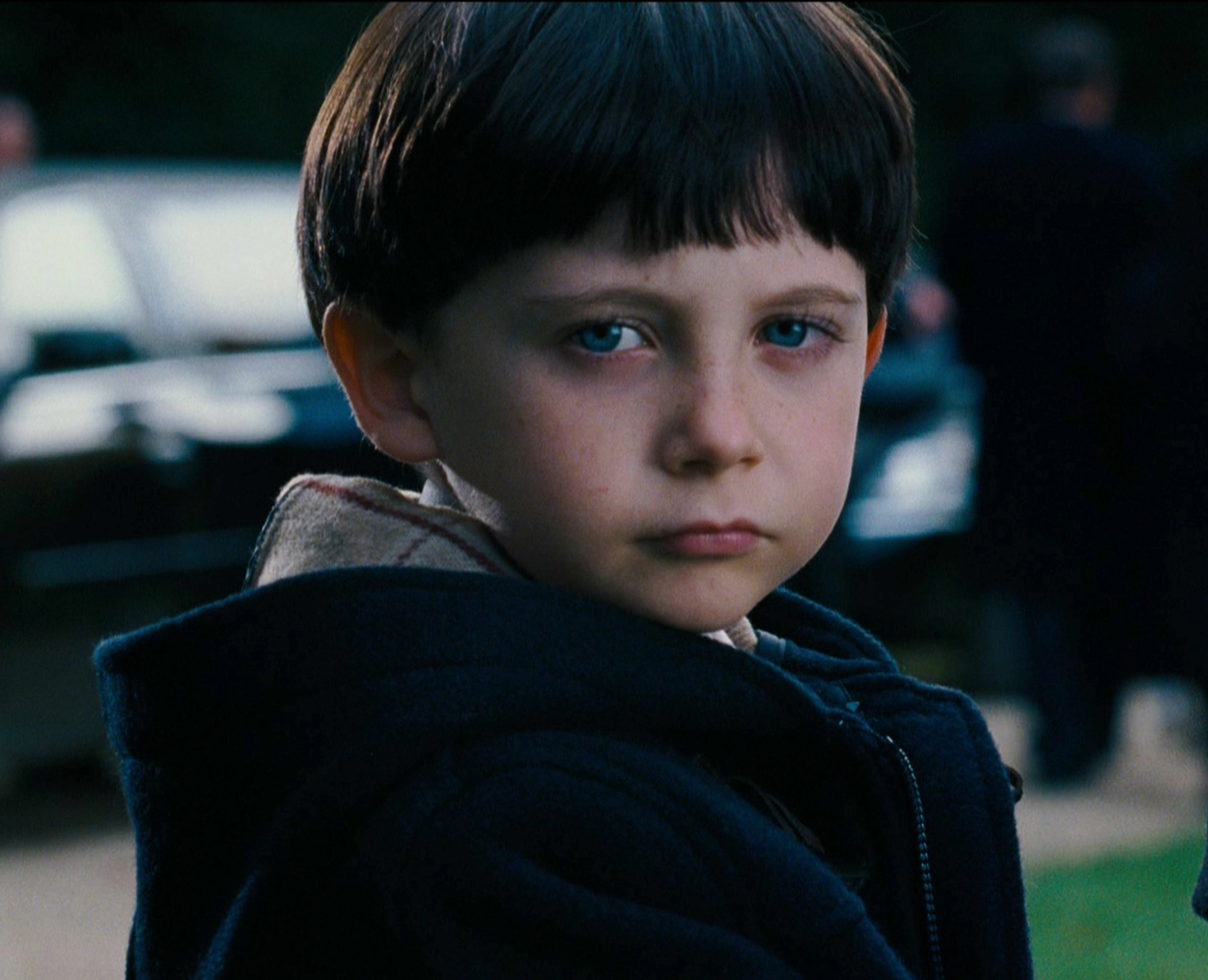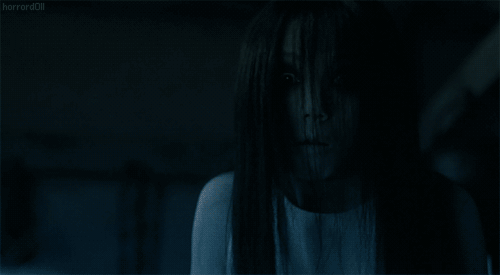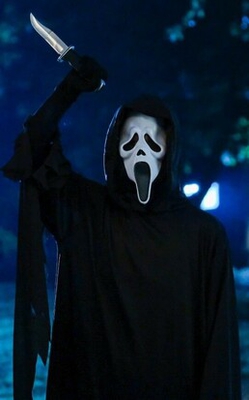Metaphorically a number of aspects of plots, or attributes for misé-en-scene emphasise and highlight the mood, theme and concept of the film itself, they can intensify the tone and depth to the piece and overall play a huge part in the construction especially of props or setting.
The most commonly used symbolic aesthetics to a film include:
- Religious Symbols: Prevalent especially in the occult genre, due to the nature of opposite mediums of life and death, devil and God, good and evil, inner and outer demons etc, religious symbolic relics can be in reference to satanic, occult or voodoo rituals. Illustrated below with the Devil Inside.
- Death: Used as a form of foreshadowing for either certain characters or to illustrate it as a distinctive theme with objects such as coffins, gravestones, graveyards, angels of death, skulls, skeletons, corpses etc; for example the disfigured faces in Jacobs Ladder seen below, along with the birds used as a presentation of the body's decay.
- Colours: Representationally used a symbolisation of a characters powers or nature as either good or evil. The colours such as red despite being connoted with passion or lust, can denote danger or evil; whereas in opposition, the hero or good characters will generally be recognised in earthy colours that are of a neutral whiter shade.
- Light: Despite its usual depiction of hope, light can also demonstrate death due to the concept of its transition into the afterlife; minimal light from candles, torches etc since it demonstrates a menacing unknowing of what lies in the shadows that cannot be illuminated by these objects. One of my personal uses of light, is the light vision POV from Silence of the Lambs as demonstrated below.
- Weapons: Weapons are especially used in Slasher genre, due to their phallic reference of masculine power with the final girl inevitably castrating him; weapons are generally more of those of an extension of our arms to make the killings more personal, in comparison to a gun etc. This is especially evident in Texas Chainsaw Massacre.
- Fabric: The use of material covering settings, props or people, can disorientate our viewing of a film and enhance the mystery behind it. The flimsy nature of it, provides unstable protection for a protagonist providing a barrier between them and what fears them. For example in the Others fabric is used in the coverings of the furniture, or with the use of curtains to demonstrate the barrier of the real and unknown.
- Doors and Windows: Can present the opposite concepts of confinement or freedom, looking out a window or passing through a door can be the idea of being trapped within an area or running from one (even though it can be into something just as worse). The suspense of not knowing what is looking in through your window, or whats behind or through the door aids to the mystery and jump nature that horrors embody. Both examples below being from the Woman in Black.


- Labyrinths/ Mazes: To heighten the concept of the protagonists lack of control, and inability to understand or assess the situation or dilemma they find themselves in. To concept of escaping seems unlikely and death always seems inevitable, due to its basis of the minotaur concept. The most famous examples being Pan's Labyrinth.
- Mirrors: Often used in psychological horrors, due to the reflective qualities presenting the concept of multiple personalities; with these being shattered once the glass is broken. Yet to include the horror genre more, we see mirrors reflecting sudden dangers of a ghost, monster or murderer.
- Ropes: Its initial symbolic meaning of perhaps death as a noose, flogging or torture, yet most commonly as bondage can in contrast mean survival or means of escape. The most common use of it is most definitely is with bondage, to resemble the concept of being trapped or hunted. Especially evident in The Gallows.
- Keys & Locks: representational of confinement, or hidden truths and secrets (a convention of psychological horror) which are trapped behind a door or basement. For example this is the main feature of The Skeleton Key.




